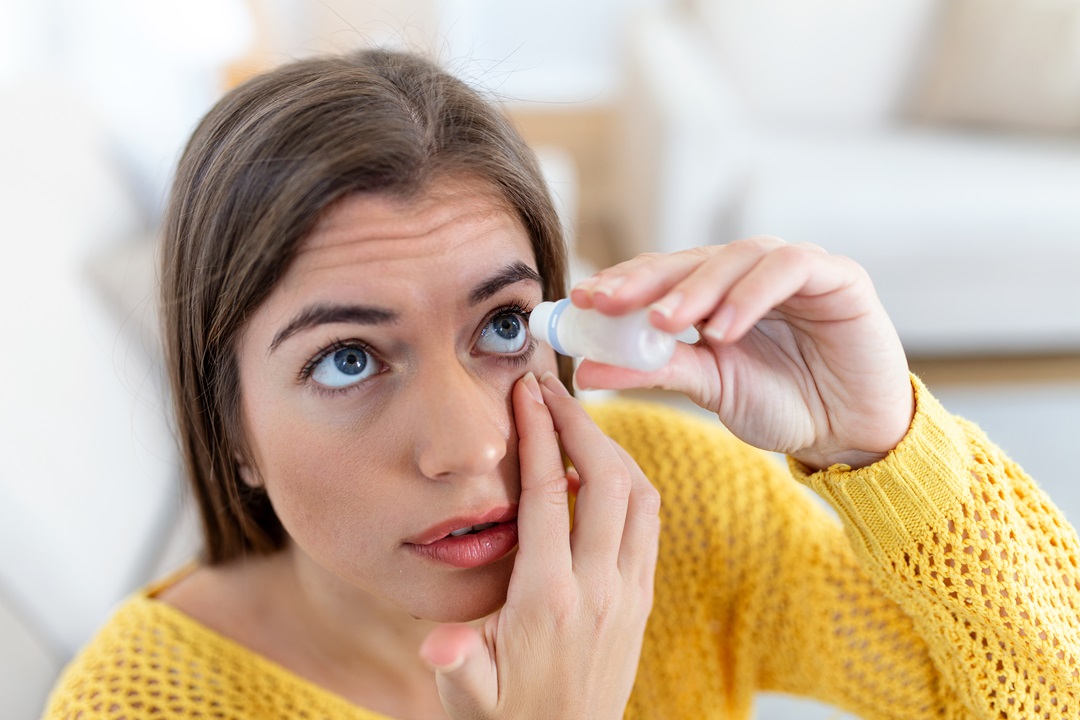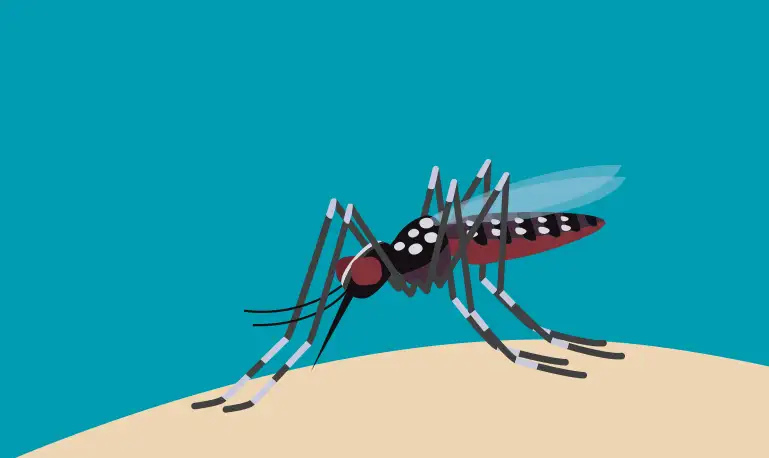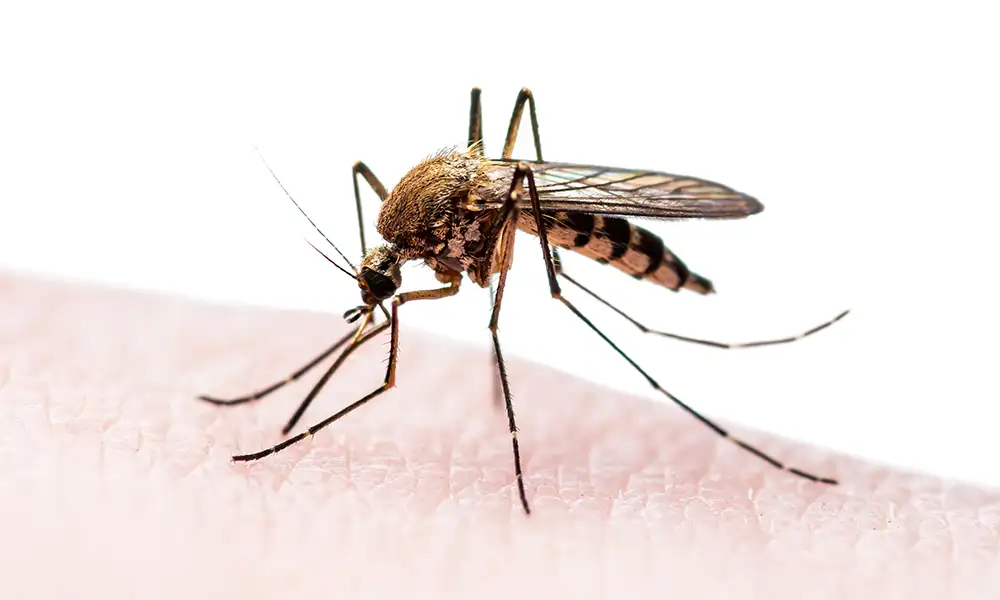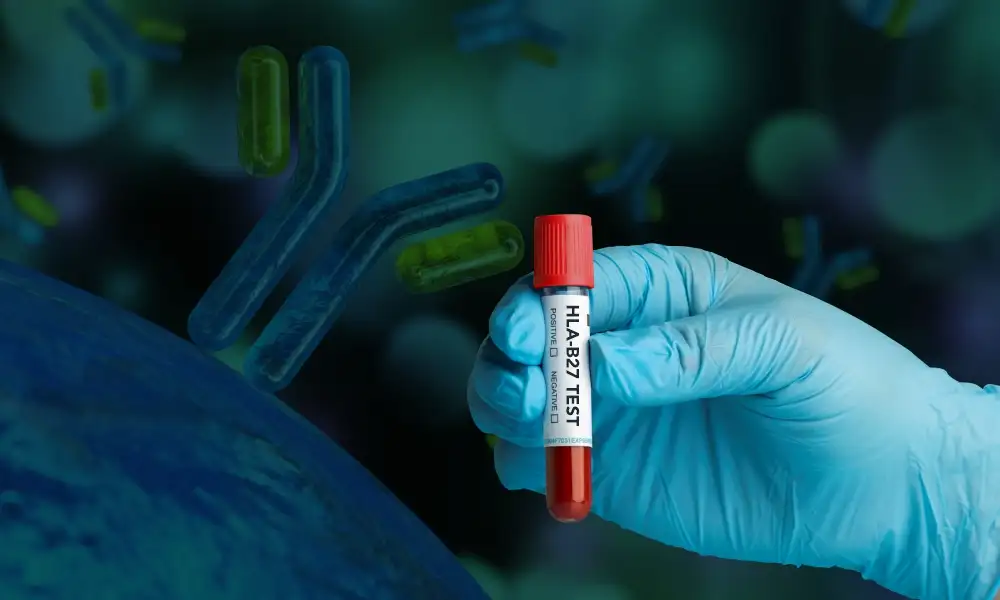CONJUNCTIVITIS: Types & Treatments
- July 23,2024
- 4 Min Read

Conjunctivitis means pink eye. This is the inflation of the conjunctiva. There is inflammation of the conjunctive either from infection or allergies. The eyes are red, puffy, swollen and sometimes you might have sticky discharge. It can occur in one eye or two eyes both. Pink eye can occur irrespective of the age. It can be highly contagious, spreading rapidly in children. If taken care appropriately it will lead to less damage and no long term complications will occur.
The symptoms of conjunctivitis are:
- Redness
- Itchiness
- Watery eyes
- Discharge
- Swelling
Causes of conjunctivitis are:
- Viruses: Adenovirus, Herpes Simplex Virus, Varicella zoster virus
- Bacteria : Staphylococcus species
- Fungi: Candida specis
- Allergens: Pollen, dust mites, pet dander
- Irritants: Chlorine, smokes, fumes
There are different types of conjunctivitis:
- Allergic conjunctivitis:
The exposure to different substances such as pollen, spores can cause the eye to become itchy, watery and red. The conjunctivitis is an eye inflammation which results from allergic substances. The conjunctiva is susceptible to irritation during the hay fever season. This is kind of conjunctivitis is very common and it’s the body’s reaction to what it considers harmful.
Allergic conjunctivitis symptoms:
- Redness in the white of the eye
- Swollen eye
- Itchy eye
- Bacterial conjunctivitis:
This is often caused because of some bacteria Staphylococcal or Streptococcal bacteria. Physical contact with other people, poor hygiene (unclean hands) or sometime using contaminated make up can also be one of the reasons to cause the infection. Sharing of eye lenses can cause bacterial conjunctivitis.
Bacterial conjunctivitis symptoms:
- Redness
- Tearing
- Itchiness
- Grittiness
- Thick yellow-green discharge
- Viral conjunctivitis:
The most commonly caused conjunctivitis because of bacteria that are associated with common cold. It can develop because of an exposure to coughing or sneezing with someone who already is suffering from the upper tract infection. It can also occur as the virus spreads along the body’s own mucous membranes which connects the lungs, tear ducts, conjunctiva.
Viral conjunctivitis symptoms:
- Pink/red irritation
- Watery eye discharge
- Mild pain
- Sore throat or runny nose
- Eye crustiness after waking up
- Irritant conjunctivitis:
This is a non-infectious form of conjunctivitis caused by transient mechanical or chemical. The discharge is more mucus than the pus. There is history of dry eye, exposure to an irritant or foreign body in the eye, eye irritation after a chemical splash. The lower sac is affected more than the upper sac.
Irritant conjunctivitis symptoms:
- Intense itching of eyes and urge to rub eyes
- Red eyes
- Watery or white discharge, stringy mucus discharge
- Swollen eyelids
Complications that can occur due to conjunctivitis:
Pink eye is usually not dangerous but sometimes can lead to complications worsening the condition. In most of the cases pink eye recovers under proper medication. In some cases the pink eye might cause complications that can do a permanent damage to the eye. Some of the serious complications can be
- Uveitis
- Keratoconjunctivitis
- Trachoma
- Corneal ulcers
How does Conjunctivitis spread?
Conjunctivitis typically spreads through direct contact. In simpler terms, infection occurs when you touch someone or something contaminated. For instance, if a person with conjunctivitis rubs their eye and touches a surface like a doorknob, the virus can be transferred to someone else who then rubs their own eye. Adenoviruses, commonly responsible for upper respiratory infections, can also spread through sneezing or coughing. Contaminated secretions on items like pillowcases and washcloths can contribute to transmission.
Medication for conjunctivitis:
- For individuals experiencing allergic conjunctivitis, healthcare providers often prescribe various types of eye drops tailored to address allergies.
- These may comprise medications aimed at managing allergic reactions, such as antihistamines and mast cell stabilizers.
- Alternatively, providers may suggest medications to alleviate inflammation, including decongestants, steroids, and anti-inflammatory drops.
Prevention for conjunctivitis:
- Washing hands frequently: Using soap or sanitizers if you feel that your hands are dirty. Washing with soap and water can help to reduce the spread of germs/bacteria’s. If you do not wish to wash them, you can sanitize your hands with a sanitizer that has 60% alcohol concentration in it.
- Never share eye related products things with anyone: Eye related products should be used on individual basis and sharing should be avoided as these can trigger the spread of conjunctivitis easily if the giver is infected.
- When using eye drops, maintain proper hygiene: Before handling the eye drop bottle, make sure to wash your hands with soap and water. Refrain from touching the dropper tip with your fingers or any other surfaces to prevent bacterial transfer. Ensure the dropper tip does not come into contact with any surface, including your eyes, eyelids, or eyelashes, as this can compromise its sterility.
How to treat conjunctivitis yourself?
- Compress: They help to reduce the sticky build up on the eyelids or crust from the eyelashes. Cold compresses help to reduce itching and inflammation. If one is suffering from allergic conjunctivitis it is advisable to not to rub the eyes since this can worsen your symptoms. If the conjunctivitis is present in one eye avoid touching both the eyes with the same cloth or hands to reduce the risk of spreading infection.
- Avoid contact lenses: Avoid contact lenses, till the time the conjunctivitis has recovered completely. A lens can be source of infection so doctor asks to avoid it for certain days post the immediate onset of the infection. For some people using makeup or eye related products can be a source of contamination and that the earlier used products should be discarded.
- Rinse your eye: When exposed to allergens, the body releases a chemical called histamine, which ultimately causes redness, tears and itchiness. In conjunctivitis which is caused because of allergens, pollen, dust sometimes rinsing might help to comfort your eye.
Healthcare practitioners commonly encounter conjunctivitis, a prevalent eye disorder, with viral and bacterial causes being the most frequent. Patients with allergic conjunctivitis often exhibit a history of seasonal allergies, or specific allergens and may not always seek medical attention. Unfortunately, the similarities in symptoms among different types of conjunctivitis can lead to misdiagnosis and inappropriate antibiotic treatment. While conjunctivitis typically resolves on its own, treatment for viral and allergic forms primarily focuses on relieving symptoms.
FAQ’s
- What is conjunctivitis?
Conjunctivitis often regarded as pink eye. This is the inflation of the conjunctiva. There is inflammation of the conjunctive either from infection or allergies. The eyes are red, puffy, swollen and sometimes you might have sticky discharge.
- How to prevent conjunctivitis?
- Clean eye discharge gently
- Avoiding sharing personal items
- Apply warm compress
- Avoid contact lenses
- Stay away from dust
- Avoiding touching eyes or rubbing them
- Is conjunctivitis contagious?
The pink eye that results from infection can be contagious, people can pass it on to others through:
- Personal contact such as shaking hands or touching eyes
- Droplets of air due to coughs or sneezes
- Touching the object and then touching the eyes.
- What are the different types of conjunctivitis?
The different types of conjunctivitis are:
- Allergic conjunctivitis: The exposure to different substances such as pollen, spores can cause the eye to become itchy, watery and red. The conjunctivitis is an eye inflammation which results from allergic substances. The conjunctiva is susceptible to irritation during the hay fever season. This is kind of conjunctivitis is very common and it’s the body’s reaction to what it considers harmful.
- Bacterial conjunctivitis: This is often caused because of some bacteria Staphylococcal or Streptococcal bacteria. Physical contact with other people, poor hygiene (unclean hands) or sometime using contaminated make up can also be one of the reasons to cause the infection. Sharing of eye lenses can cause bacterial conjunctivitis.
- Viral conjunctivitis: The most commonly caused conjunctivitis because of bacteria that are associated with common cold. It can develop because of an exposure to coughing or sneezing with someone who already is suffering from the upper tract infection. It can also occur as the virus spreads along the body’s own mucous membranes which connects the lungs, tear ducts, conjunctiva.
- Irritant conjunctivitis: This is a non-infectious form of conjunctivitis caused by transient mechanical or chemical. The discharge is more mucus than the pus. There is history of dry eye, exposure to an irritant or foreign body in the eye, eye irritation after a chemical splash. The lower sac is affected more than the upper sac.
Want to book a test? Fill up the details & get a callback
Most Viewed
Premarital Health Screening
- 20 Min Read
Typhoid - Signs and Symptoms
- 3 Min Read
Home Isolation Guidelines - Covid-19 Care
- 5 Min Read
HLA B27 Detection: Flow Cytometry & PCR
- 1 Min Read














